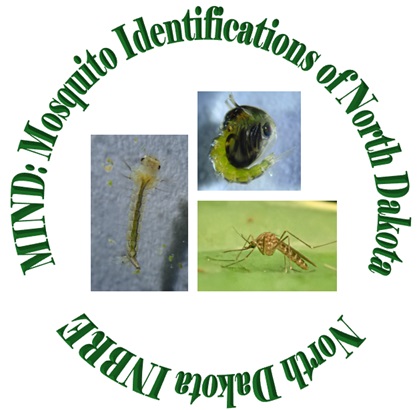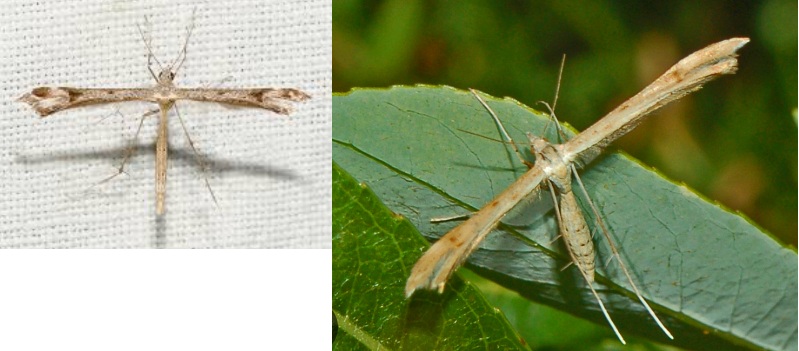


Common Name – Colorado Plume Moth
Phylum: Arthropoda
Class: Insecta
Order: Lepidoptera
Family: Pterophoridae
Stenoptilia coloradensis, commonly known as the Colorado plume moth, is a member of the family Pterophoridae and is found across various regions of North America, including parts of Canada and the United States. While specific records in North Dakota are limited, its known range—which includes nearby states and provinces such as Colorado, Ohio, and Alberta—suggests it may occur in suitable habitats within North Dakota as well.
Ecologically, this moth is associated with open habitats where its larval host plant, Gentiana quinquefolia (commonly known as agueweed), is present. This plant is native to eastern North America and can be found in moist meadows and prairies, which are characteristic of parts of North Dakota. The larvae feed exclusively on this plant, making its distribution a key factor in the moth’s presence.
The lifecycle of S. coloradensis follows a holometabolous development pattern, meaning it undergoes complete metamorphosis with four distinct stages: egg, larva, pupa, and adult. The larvae possess biting-chewing mouthparts adapted for feeding on the leaves of Gentiana quinquefolia. After feeding and growth, the larvae pupate, eventually emerging as adults with a wingspan ranging from 16 to 24 mm. Adults are characterized by their slender, plume-like wings, which are divided into lobes and fringed with fine scales, aiding in camouflage among grasses and low vegetation.
In North Dakota, the moth’s activity would likely peak during the warmer months, aligning with the growth period of its host plant. Its presence contributes to the local biodiversity and serves as a specialized herbivore within prairie ecosystems.